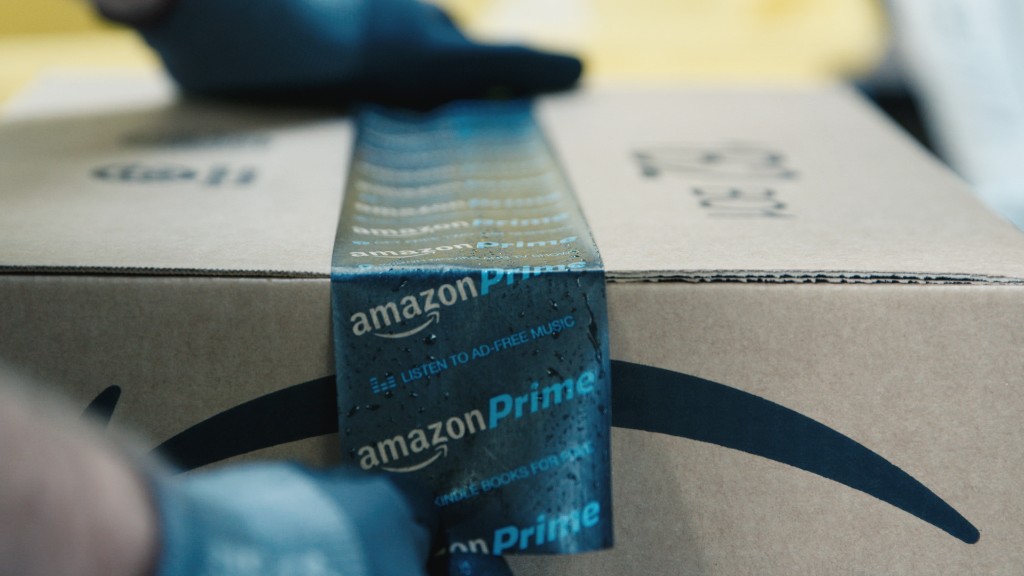The American couple could walk away from a deposit worth the equivalent of roughly $38,000 on the Vancouver home they were planning to buy and risk being sued by the seller, or they could dip into their retirement savings for the nearly $113,000 they would need to cover the tax.
“At the end we decided we can make that happen,” Mr. Daams said of their decision to use their retirement savings. “We picked from the better of two evils.”
The couple, in Canada because of a company transfer, unexpectedly found themselves caught up in a global crackdown on foreign home buyers. A surge in prices has driven the cost of a typical home up by 25% in Vancouver and 20% in Toronto over the past year alone, through October. Canada’s national housing agency issued its strongest warning yet in October on the state of the housing markets, saying rapid price growth in Toronto and Vancouver has now spread to other cities.
Policy makers in Canada—along with their counterparts in Australia and the U.K.—attribute some of the price surge to an influx of buyers from countries such as China who are helping to drive up demand for housing.
The Canadian government has tightened mortgage rules multiple times since 2008. In October, it said it would close a capital-gains tax loophole for foreign buyers and would expand a “stress test” to ensure new homeowners with mortgage insurance can afford higher interest rates.
‘Is it fair to charge a guy like me, that actually has a work visa under [the North American Free Trade Agreement] and is here to just go work, versus people who are investing heavily in Vancouver and driving this market crazy?‘
—Frank Daams, an American who bought a home in Vancouver
The regional government in British Columbia has put a tax on any buyer in metro Vancouver who isn’t a permanent resident or a citizen of Canada. Similar policies were introduced several years ago in Hong Kong and Singapore.
The British Columbia government has said it introduced the tax in response to affordability concerns in Vancouver. The tax is meant to help manage housing demand, and revenue from the tax is earmarked for affordable rental and housing programs in the region, the government said.
It is difficult to know how effective such taxes have been in cooling home prices in Canada and abroad, in part because they were introduced amid a raft of other housing measures. Home prices in Hong Kong began to cool last year but increased again this past summer, prompting policy makers last month to raise taxes for most residential transactions.
Sales in Vancouver fell nearly 39% in October from a year earlier, extending a run of declines in recent months, yet prices continue to rise.
The only government study that specifically addresses foreign buyers by citizenship found that 234 Chinese buyers completed home purchases in metro Vancouver from June 10 to June 29, accounting for most of the purchases by foreigners and about 5% of sales overall.
Mr. Daams, whose U.S.-based construction firm transferred him to Vancouver a little over a year ago to head its Canadian operations, argues that as the holder of a three-year permit to work in Canada, he shouldn’t fall under a tax provision aimed at curbing foreign investment.
“Is it fair to charge a guy like me, that actually has a work visa under [the North American Free Trade Agreement] and is here to just go work, versus people who are investing heavily in Vancouver and driving this market crazy?” Mr. Daams asked.
Things turned out better for Irish citizen Kirsty Engleke. She and her American husband, who both work in the film industry, signed a contract earlier this year to buy a condominium in Vancouver’s Mount Pleasant neighborhood for the equivalent of more than $450,000. The deal was supposed to close in September, but a request from the seller to move the date meant the sale went through just three days before the foreign-buyer tax came into effect.
“We got really lucky,” Ms. Engleke said. She said the couple would otherwise have been forced to walk away from their deposit because the nearly $68,000 in tax was more than they could afford.
Canada was home to roughly 40,000 Americans on work permits at the end of 2015, according to the most recently available Canadian government statistics. An additional 280,000 people from other countries had Canadian work permits at the end of that year.
Toronto lawyer Barry Appleton said he thinks Americans and Mexicans have a strong case to fight the tax under the North American Free Trade Agreement, which requires governments to treat investors from member countries as favorably as domestic investors.
A lawsuit filed by Vancouver lawyer Luciana Brasil in September alleges the provincial government acted outside its jurisdiction and infringed on federal government powers when it targeted home buyers’ nationality. The lawsuit is under consideration by British Columbia’s Supreme Court, which will decide whether it can proceed.
Mr. Daams and his wife signed a contract on their home July 20, just days before British Columbia announced the 15% foreign buyer tax. They canceled a planned vacation in an effort to close the deal before the policy came into effect, but delays on the seller’s side made that impossible, Mr. Daams said. At one point, the couple joked about putting the house in the name of their then 6-month-old son, who was born in Canada.
Real-estate agents and buyers have expressed frustration that buyers were given only a week’s notice before the tax came into effect and that it was applied to deals that were already in progress.
“I’m not against the law,” Mr. Daams said. “I mean, they can do what they want in the end. I’m just really against the way they implemented it.”












